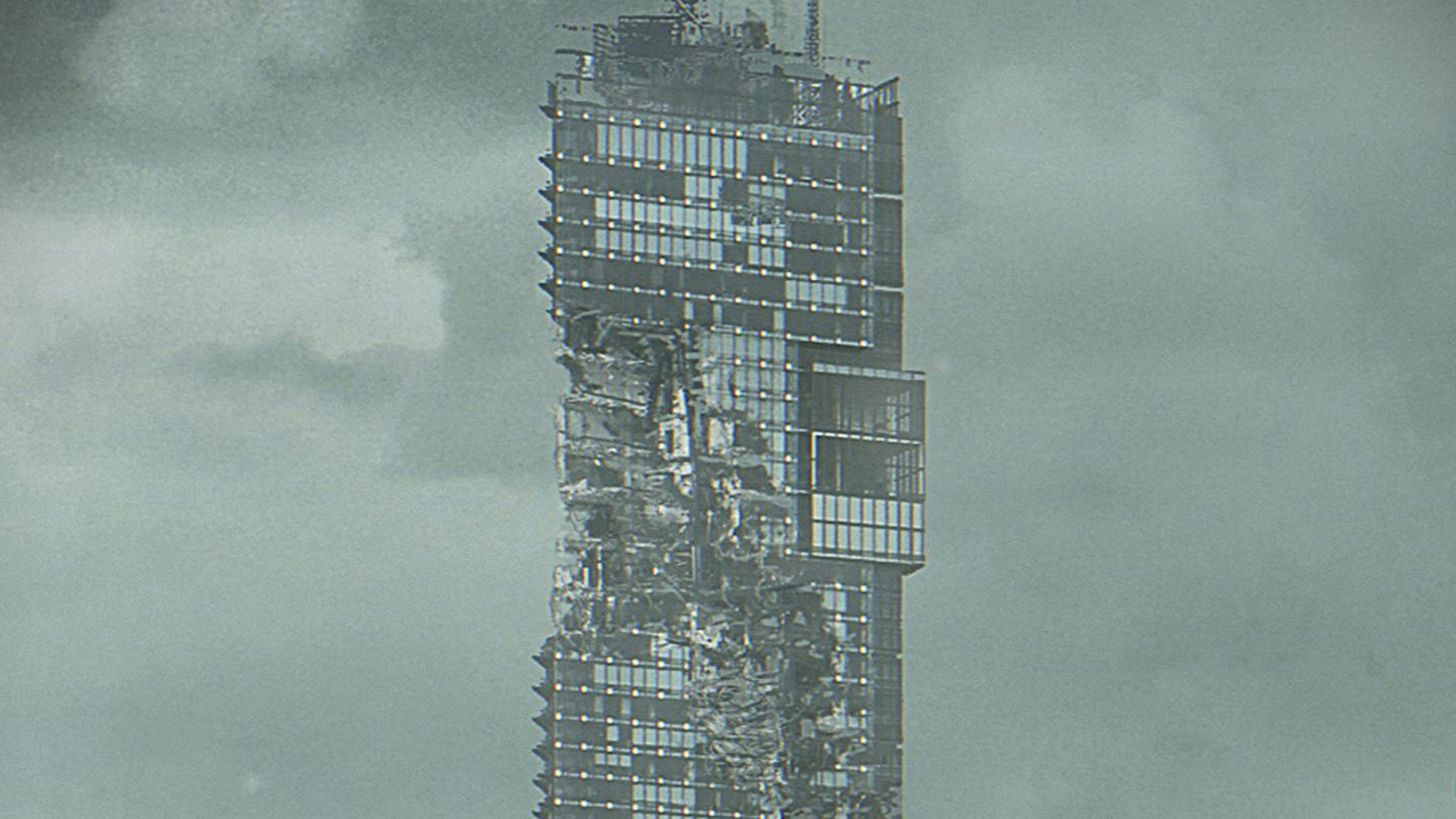by Gladys Marivat
Le Monde
January 2019
The legend of the skyscraping shanty town
Furious debut novel by J. J. Amaworo Wilson, inspired by the history of a squat in Caracas
It’s a skyscraper sixty storeies high, built on an old rubbish dump and the site of ancient wars. It’s called the Tower of Torres, named after an evil tycoon who built it on land he acquired by staining it with blood. The Torres army, like a flood, is soon threatening the 600 homeless people who have found refuge here – the “damnificados”, led by the extraordinary, disabled Nacho, a self-taught translator and brilliant chess player. Among this colorful crowd, who speak all the languages and have no common tongue, are a pair of German twins, a Chinese giant, and an old woman nursing a sick dog. All of them have entered this abandoned place, guarded by a pack of hideous wolves whose leader has two heads. The tower is the third highest building in Favelada, a city that exists only in J. J. Amaworo Wilson’s first novel, but is reminiscent of many others.
From the very beginning Damnificados disorients the reader by invoking biblical, mythological, epic and real-life tales in a style that is immediately gripping despite the polyglotism – made accessible by translations in the footnotes. The building, occupied by families of squatters, has been connected up to water and electricity supplies, and has a school and even a hairdresser’s. It evokes the famous Tower of David in Caracas (Venezuela), which was the tallest shanty town in the world until it was evacuated in 2014. The city itself, poisoned by corruption and organized crime, could be anywhere on the American continent. The place names (Minhas, Hajja Xejn, Hildako Lapur, Bieb to ‘Niket) and the tales of battles, catastrophes, vengeance and redemption that carry the story along in one short chapter after another, seem to set the book on the borderlines between fantasy and social fiction, westerns and the post-apocalyptic novel. There are so many genres to which J.J. Amaworo Wilson gives new life in what reads like an homage to the outsiders of all places and periods, while at the same time it is a reflection on history, on forgetting, and on the role of fiction in our lives.
One character and one theme are a splendid embodiment of this wonderful mixture. The character is Nacho. Abandoned as a child, saved from drowning by a kind-hearted man, this hero is depicted as a sort of Moses. The most striking scene in the novel finds him wandering through Solitario – the land of recluses from which no one ever returns – in search of one of Torres’ heirs who he believes may be able to prevent yet another war against the outcasts. The theme is that of the crumbling earth on which the tower stands and sways. Just like memory it retains the masses of detritus and the bodies of the victims who have fallen in one battle after another on this soil. It becomes a kind of palimpsest, on which are superimposed all the memories of the five “Trash Wars”, the “Great Fall”, of all the miracles that have saved the tower, of the “little cripple” – a David who conquered Goliath – and of his brother Emil, the wandering seafarer who brought them all food in his old tub.
“However much blood was spilt, commingling with the endless rain, and however long a shadow was cast by the Trash Wars, [they remember that] those were indeed magical times.” These are the last words of the novel. And they will remember J. J. Amaworo Wilson for evoking the generations of damnificados who will follow and will recount these legends as if they had the power to nourish them better than bread itself, and to give them the unfailing ability to reinvent themselves over and over again.
Back to JJ Wilson’s Author Page






